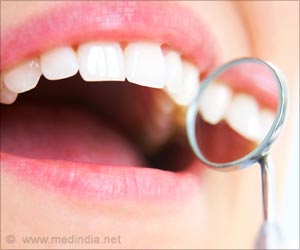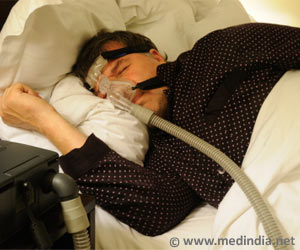However, these methods don’t effectively whiten teeth. For better whitening, consumers often turn to over-the-counter or professional treatments that combine hydrogen peroxide-containing gels and blue light, producing a chemical reaction that removes stains[1].
This combination removes most of the discoloration but generates reactive oxygen species that can break down enamel. Previously researchers modified titanium dioxide nanoparticles for a less destructive tooth-whitening treatment.
Advertisement
This method still required high-intensity blue light, which can damage nearby skin and eyes. So, the team wanted to find a material that would be activated by green light, a safer alternative to both whiten teeth and prevent cavities.
Green Light Treatment for Whiter Teeth and Fewer Cavities
Researchers combined bismuth oxychloride nanoparticles, copper oxide nanoparticles, and sodium alginate into a thick mixture. Then, they evenly coated the mixture onto the surface of teeth stuck to a slide, and sprayed the concoction with a calcium chloride solution, forming a strongly adhering hydrogel.
Next, they tested the material on teeth that were stained with coffee, tea, blueberry juice, and soy sauce and placed in a lab dish. Following treatment with the hydrogel and green light, the teeth got brighter over time, and there was no damage to the enamel[2].
In another set of experiments, the team showed that the treatment killed 94% of bacteria in biofilms. To demonstrate that the treatment could work on teeth in vivo, the team used the new method on mice whose mouths were inoculated with cavity-forming bacteria.
The green-light activated hydrogel effectively prevented moderate and deep cavities from forming on the surface of the animal’s teeth. This brush-free treatment effectively prevents cavities and whitens teeth.
References
- Teeth Whitening. National Health Services. (https://www.nhs.uk/conditions/teeth-whitening)
- Qun-Li &Co. Fast Cross-Linked Hydrogel as a Green Light-Activated Photocatalyst for Localized Biofilm Disruption and Brush-Free Tooth Whitening. ACS Applied Materials & Interfaces 2022, 14, 25, 28427-28438. (https://pubs.acs.org/doi/10.1021/acsami.2c00887-)
Source: Medindia



